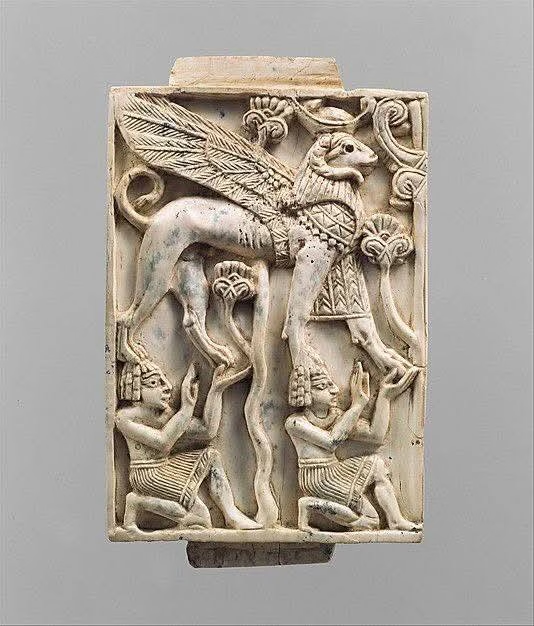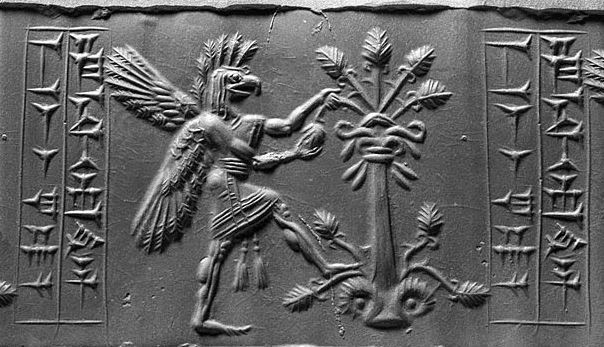Throughout history, few mythical creatures have captured the imagination like the Griffon. The body of a lion, the wings and head of an eagle… a creature born where the earth meets the sky — a guardian of power and mystery.
The Winged Guardian of Assyria
In the heart of what is now Iraq once stood the ancient city of Kalhu, also known as Nimrud. This powerful capital of the Assyrian Empire flourished between the 9th and 7th centuries BCE. Among the artifacts unearthed there, one figure stands out: the Griffon.
These magnificent beings were found in ivory inlays, wall reliefs, and temple entrances — carved with astonishing detail. Sometimes they have lion paws, sometimes eagle talons, and sometimes a mix of both. But their presence always sends the same message: “I am watching. I am guarding.”

Not Just Assyrian
The Griffon was not unique to Assyria. Similar creatures appear in ancient Greek, Persian, Egyptian, and even Indian mythologies. Often described as guardians of gold and sacred places, Griffons stood at the threshold of worlds — between the mortal and the divine.
Wherever cultures needed a protector of power or treasure, the Griffon emerged as a symbol of strength and vigilance.
What It Represents
The combination of lion and eagle is far from random. The lion symbolizes earthly strength, leadership, and courage. The eagle, on the other hand, represents heavenly vision, wisdom, and divine authority. Together, they form a being that rules over both land and sky.

For the Assyrians, the Griffon likely served as a sacred guardian — watching over temples, royal belongings, and perhaps even the souls of the departed.
A Symbol Carved in Stone and Memory
The Griffon is more than just a mythical creature chiseled into stone. It’s a story told across time, from Assyria to Greece, from belief to art. It’s a symbol that evolves with each civilization but always keeps its core: power, protection, and presence.
Every culture that imagined it gave it new meaning — and in doing so, kept its legend alive.
The Griffon isn’t just myth. It’s memory, art, and faith combined. And each time we see its wings spread in stone, we remember that even the ancients believed in something greater watching over them.
Cover Photo: Griffin depicted with all feet in the shape of a lion’s foot. Antalya Museum. Credit: Wikipedia





